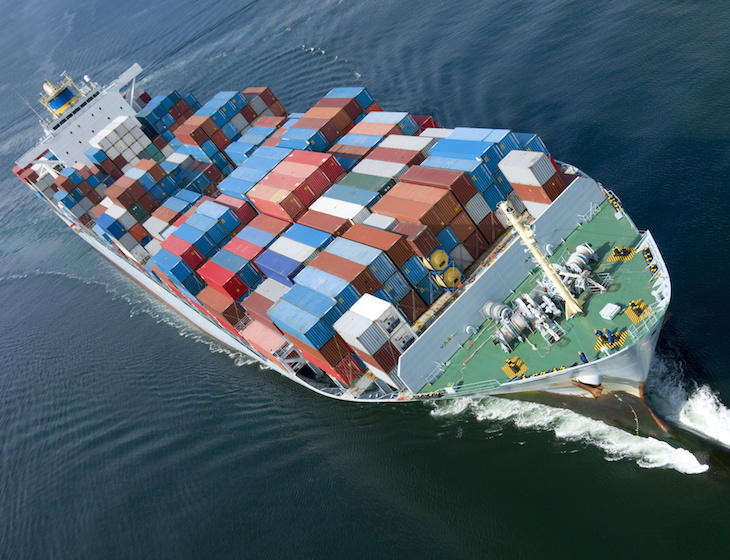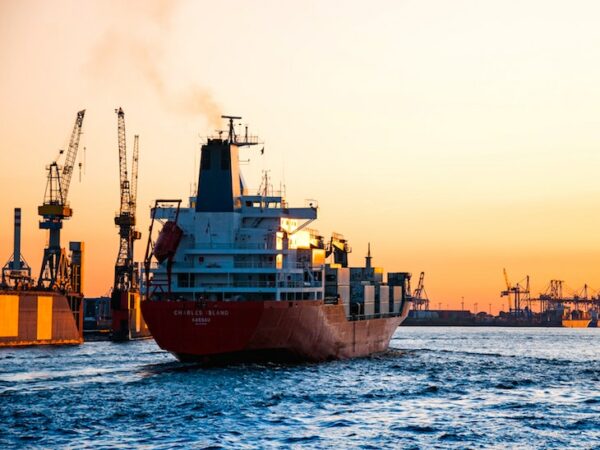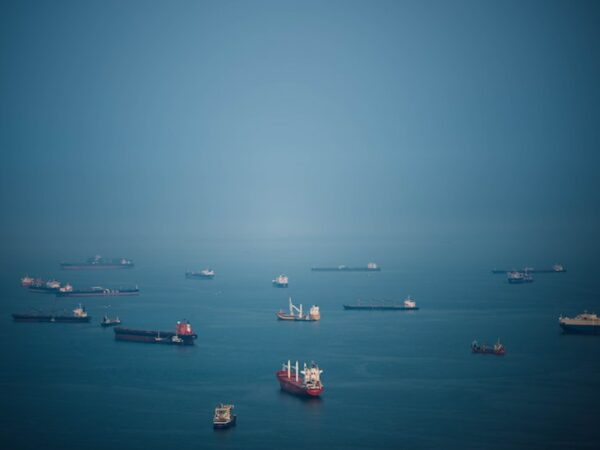
Container shipping is the world’s most carbon efficient form of transporting goods across the world – far more efficient than road or air transport. However because more than 80% of the world’s traded goods are carried via sea, the sector still has a major environmental impact.
As such, the industry is seeking to improve the fuel efficiency and carbon footprint of its vessels. The World Shipping Council (WSC) and the International Maritime Organization (IMO) are engaged in numerous efforts to reduce carbon dioxide and further improve efficiency across the world’s shipping fleet in order to protect the environment and ensure the sustainable future of the container shipping industry.
Every year the IMO celebrates World Maritime Day during the last week in September. Celebrations are held throughout the world to focus attention on the importance of shipping safety, maritime security and the marine environment, and to emphasise a particular aspect of the IMO’s work. The theme for this year was ‘sustainable shipping for a sustainable planet’; providing the opportunity for industry leaders to both reflect on the work done and the steps they should further plan towards a sustainable future.
What are the industry’s sustainability objectives?
The shipping industry, with the support of the IMO regulatory framework, has already started the transition towards a more sustainable future. IMO has adopted and is developing measures to enable the industry to achieve the following goals:
- Cut greenhouse gas emissions and reduce the sulphur content of ships’ fuel oil through IMO2020 regulations.
- Implement the Ballast Water Management Convention which will ensure that ships comply with standards and procedures for the management and control of ships’ ballast water and sediments.
- Protect the unique environment and ecosystems of the polar regions through regulations of the International Code For Ships Operating In Polar Waters.
- Implementation of the IMO’s action plan to address marine plastic litter from ships.
- Improve the efficiency of shipping through the electronic exchange of information and the digitalisation of shipping.
- Enhance the participation of women in the maritime community.
What’s happened with IMO2020?
The shipping industry has already started the transition towards this sustainable future with IMO regulations to reduce sulphur content in fuels from 3.5% to 0.5%. The IMO2020 regulations took effect on 1st January 2020.
Shipping lines had a number of options that would enable them to comply with the new IMO2020 regulations. They could switch to compliant fuels, such as Very Low Sulphur Fuel Oil (VLSFO) or alternative fuels such as liquefied natural gas (LNG), they could invest in exhaust gas cleaning systems known as scrubbers and continue to use High Sulphur Fuel Oil (HSFO).
Many major carriers announced they would be taking a hybrid approach, with investments in scrubbers serving as a hedge against fuel supply and price volatility. Some carriers gave emphasis to one approach over another.
Reports suggest that compliance by shipping lines in 2020 has been quite strong. Looking at the bunkering hub of Singapore port, over the first quarter of this year, around 96% of ships entering the port were using a compliant fuel.
How has Covid-19 impacted progress with IMO2020?
What was at the forefront of planning for all shipping lines coming into 2020 has now been clearly overshadowed by Covid-19 and its impact.
The spread of the Covid-19 pandemic led to a crash in crude oil prices in early March. By late April crude oil was trading at 75% less than the beginning of the year. Prices for IMO-compliant fuel likewise crashed but prices for HSFO held up, reducing the price spread and dramatically reducing the cost of bunker fuels.
In a sense, the pandemic has given the industry more time to adapt to the IMO2020 specifications. The abundance of low-sulphur fuel and accompanying price plunge has greatly reduced the incentive to buy scrubbers, allowing some shippers to delay their installation plans. The pandemic has led to serious delays to existing orders for scrubbers where the work was due to take place in Chinese shipyards. There were already significant delays because of the sheer volume of ships waiting to have scrubbers fitted, a situation exacerbated by Covid-19.
What’s the outlook for IMO2020?
It has become clearer that the fuel of choice for carriers is VLSFO, rather than a marine gasoil (LNG). Meanwhile, carriers that decided on installing scrubbers on their ships face a lengthening wait for a return on their investment. Clearly, the significant narrowing in the VLSFO/HSFO spread does mean that many ship owners who had planned to install scrubbers, which would allow them to continue burning HSFO, will likely reconsider this decision, or at least delay installations.
With the world still in the grip of a global pandemic, shipping companies will need to reassess the measures they have in place to meet compliance and determine the best way through the pandemic and beyond.
If you have any questions please don’t hesitate to contact [email protected].





